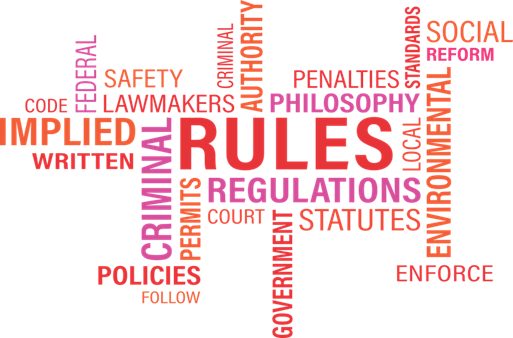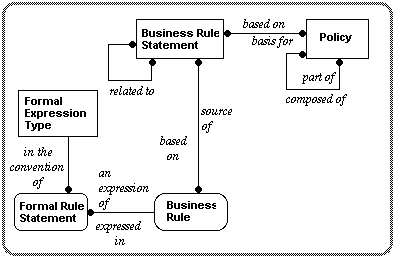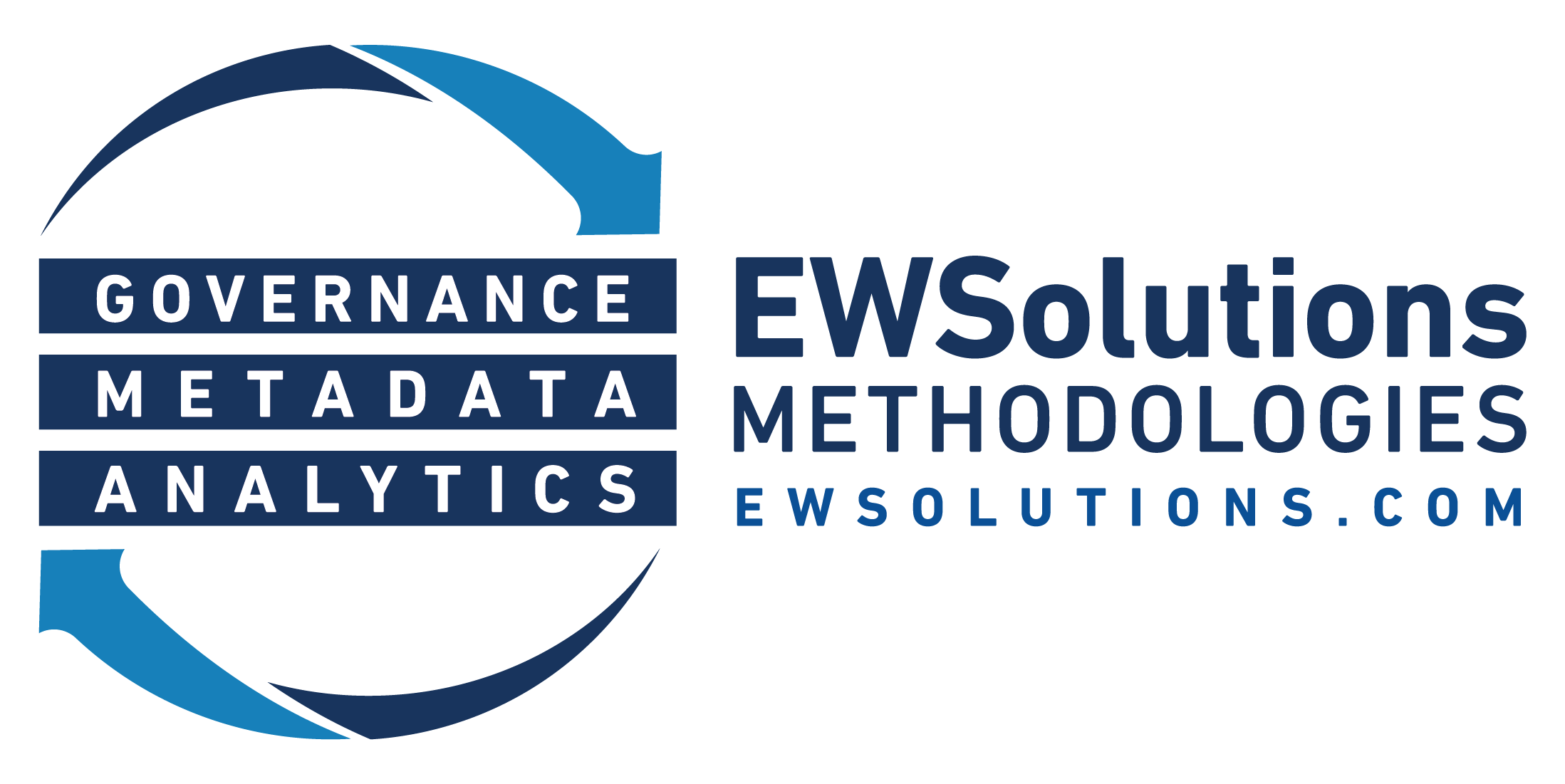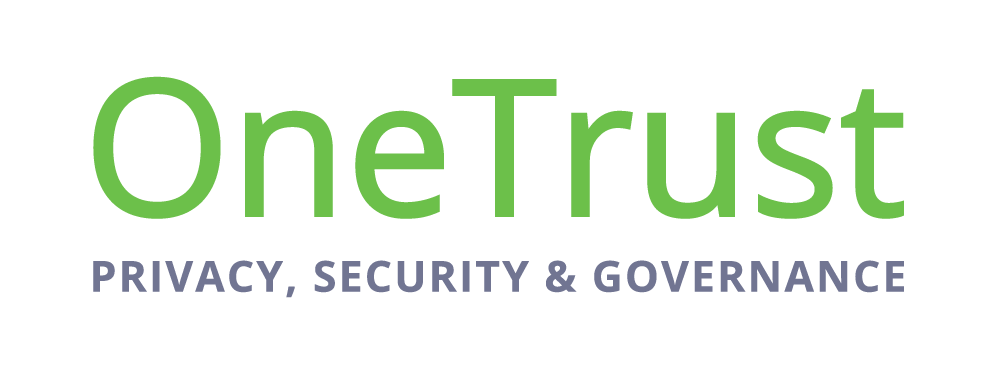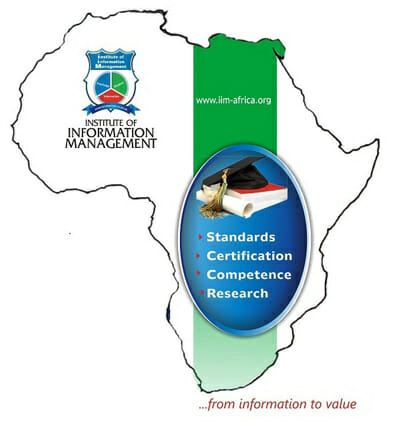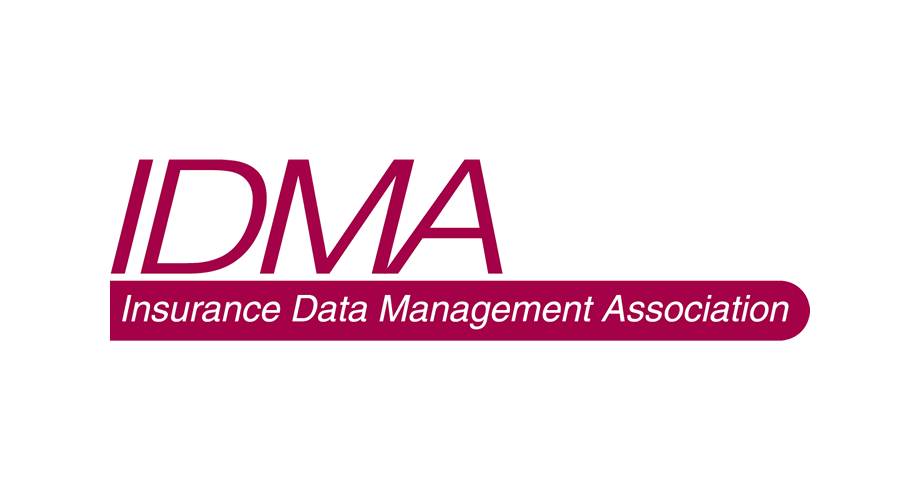Business rules tell an organization what activities it should perform to achieve a defined and desired result. Business rules should be documented to be most effective across the organization.
Introduction
At their highest level, business rules tell an organization what activities it should perform to achieve a defined and desired result. Many organizations first develop a business strategy to provide high-level direction about what the organization should do. Business rules provide detailed guidance about how the strategy’s points can be translated to action.
Business rules exist, even if they are never formally documented. Documenting business rules has many advantages. Some of these benefits include: discovering common processes and practices across business units, standardizing them with common language and representation, enabling shorter project delivery times, improved understanding of the organization’s business processes, increased organizational agility, and better performance of data and process in all business areas.
Often, business rules are discovered and documented informally during the initial stages of a project. Additionally, business projects, such as the launching of a new product or the re-engineering of a complex process, might lead to the definition of new business rules. As a result, organizations may create new and conflicting business rules within different organizational units or within the same organizational unit over time. This inconsistency creates problems that can be difficult to find and fix.
Gathering business rules is an important part of the business analysis effort. A business analyst can extract business rules from documentation and systems development code, people, use cases, data models, etc.… They may conduct interviews with subject matter experts (SMEs) to determine business practices and exceptions and write business rules based on this information.
Business Rules Categories
According to the Business Rules Group, business rules fall into one of four (4) categories:
Definitions of business terms
The most basic element of a business rule is the language used to express it. The definition of a term is a business rule; defining a term is establishing a category of business rule. Terms are documented in a Managed Metadata Environment and can be imported into a conceptual model .
Facts relating terms to each other
The nature and operating structure of any organization requires the use of terms that can be related to each other. “A customer can place an order” is not a business rule; it is a fact. Facts can be documented as natural language sentences or as entities, relationships, attributes and other structures in an entity-relationship diagram (ERD) model or in use cases.
Constraints
Every organization constrains behaviors, and these constraints are related to constraints on what data may or may not be created, updated, deleted (CUD). Preventing an action on data, in many cases, is applying some form of constraint required by a rule. Constraints are also called “action assertions” by business rule experts.
Derivations
Business rules (including facts and constraints) define how information in one form may be transformed into other forms of information for a variety of purposes.
Parts of a Business Rule
There are several parts to all business rules, according to the Business Rules Group.
Policy
Policy: A policy is a general statement of direction for an enterprise. Each policy may contain more detailed policies, or the policy may exist without extension. An example from EU-Rent’s car rental business, from the Business Rules Group documentation:
- “We only rent cars in legal, roadworthy condition to our customers.”
Business Rule Statement
Business Rule Statement: A policy may be the basis for one or more business rule statements. Also, a business rule statement may be based on one or more policies. A business rule statement is a declarative statement, defining some structure or constraint that the business places on itself or has placed on it by law or other means. Each business rule statement may be related to one or more other business rule statements, or the statement may stand alone. For example, each of the following could be a business rule statement for EU-Rent:
- “Cars should be checked on return from each rental, and on transfer between branches.”
- “If any lights are not working, the bulbs should be replaced. If tires are worn, they should be replaced.”
- “Under any of the following conditions the car should be scheduled for service or repair:
- accumulated mileage since the last service is greater than 5000,
- the brakes are not satisfactory,
- the exhaust is noisy or emitting fumes,
- there is any damage to body work (apart from superficial dents and scratches), lights or glass,
- there are any significant fluid leaks.”
Atomic Business Rule
Atomic Business Rule: A business rule statement may be decomposed into one or more atomic business rules. Like a business rule statement, an atomic business rule is a statement that defines or constrains some aspect of the business, but it cannot be broken down or decomposed further into more detailed business rules. Each atomic business rule may be based on one or more business rule statements. For example, a business rule for EU-Rent might be:
- “A car with accumulated mileage greater than 5,000 since its last service must be scheduled for service.”
Examples of Business Rules
| Category | Meaning | Examples |
| (Business) Term | Nouns in the business and their definition. Terms explain and constrain business concepts, and are the building blocks for all other business rules.
All business terms should be entered and defined in the Business Glossary. |
A Job is defined as a set of services provided to a Customer on a specific day.
A Special Book is defined as a Book that is not available in stock on the day that a Customer has attempted to purchase it. |
| Derivations | Calculations that use terms to arrive at new terms. | Job Discount = (Job Total x Customer Discount)
Discounted Total is calculated as the sum of the prices of all ordered items minus any applicable discounts |
| Inference | Definitions of how knowledge is transformed by operating on terms and facts.
Note: may be mirror image of another Glossary term. Do not use same examples in both Glossary terms, and avoid circular references. |
If Customer’s combined purchases are >$999.99 during the last 12 calendar months, then Customer is considered a Loyal Customer |
| Fact | Necessary connections between terms
Note: Facts can be documented as natural language sentences, relationships on a data model, or attributes of an entity in a data model. |
Each Service Agreement must have an Estimated Amount.
Each Order must include at least one book. |
| Constraint | Prohibits behavior or prevents information from being created or action from being taken if certain conditions are not met | An Order must be paid by only one payment method.
A rush Order must not be accepted if order payment method is Cash on Delivery (C.O.D.) |
| Action Enabler | Conditions or facts that trigger actions | When a Job Completion Date is > 7 days after the Job Request Date, apply 5% discount to the total.
When Customer has outstanding balance > $200, reject new order. |
Conclusion
Business rules can represent how the business performs its operations in accordance with its strategy and operating guidelines. They serve as statements to demonstrate how each action should be executed to achieve the process’ objectives and to satisfy the organization’s goals. Documenting and managing business rules brings clarity and consistency to the organization, and can serve to reduce costs and increase performance efficiency across the entire enterprise.
